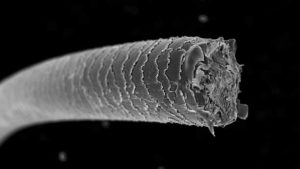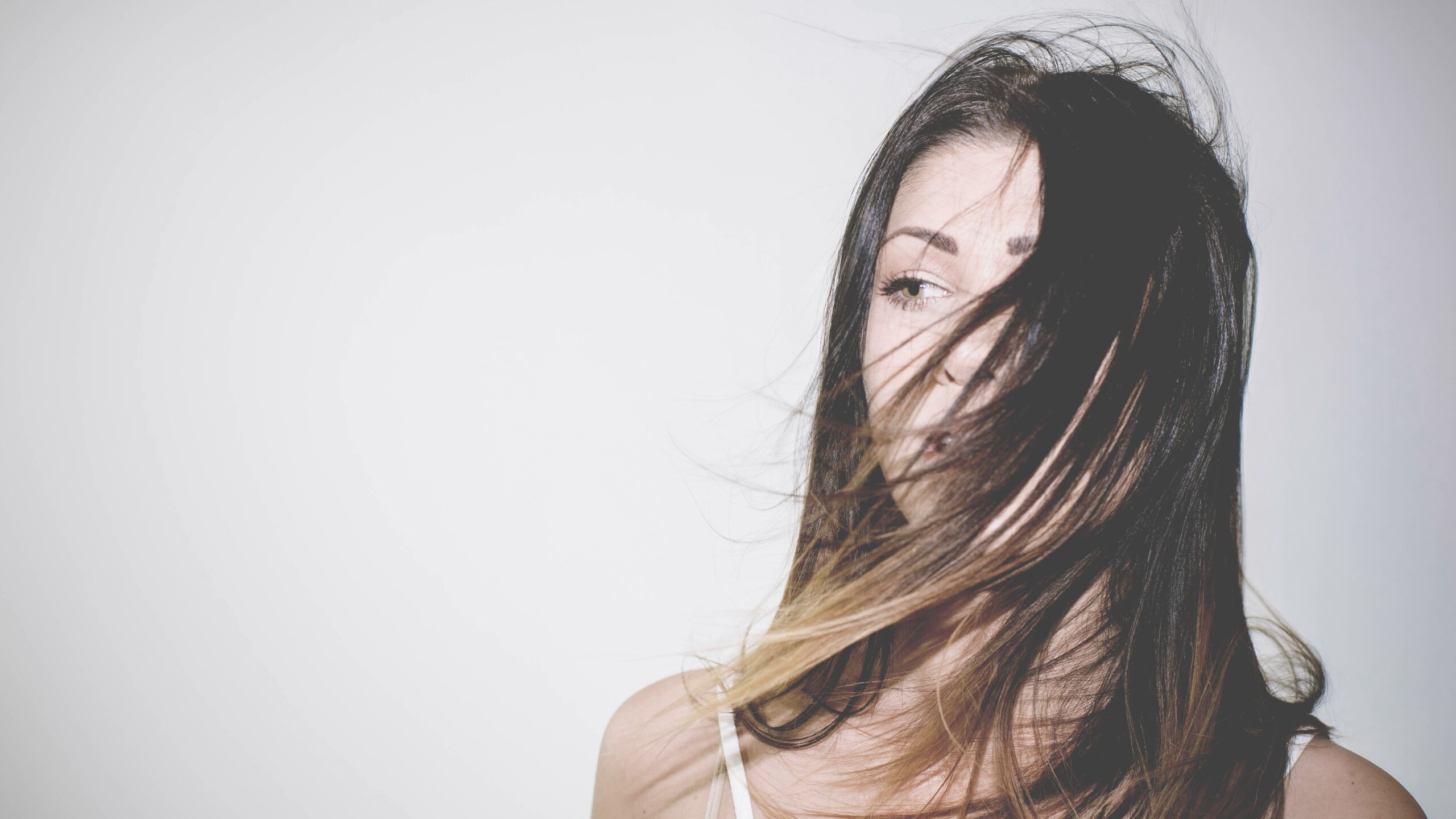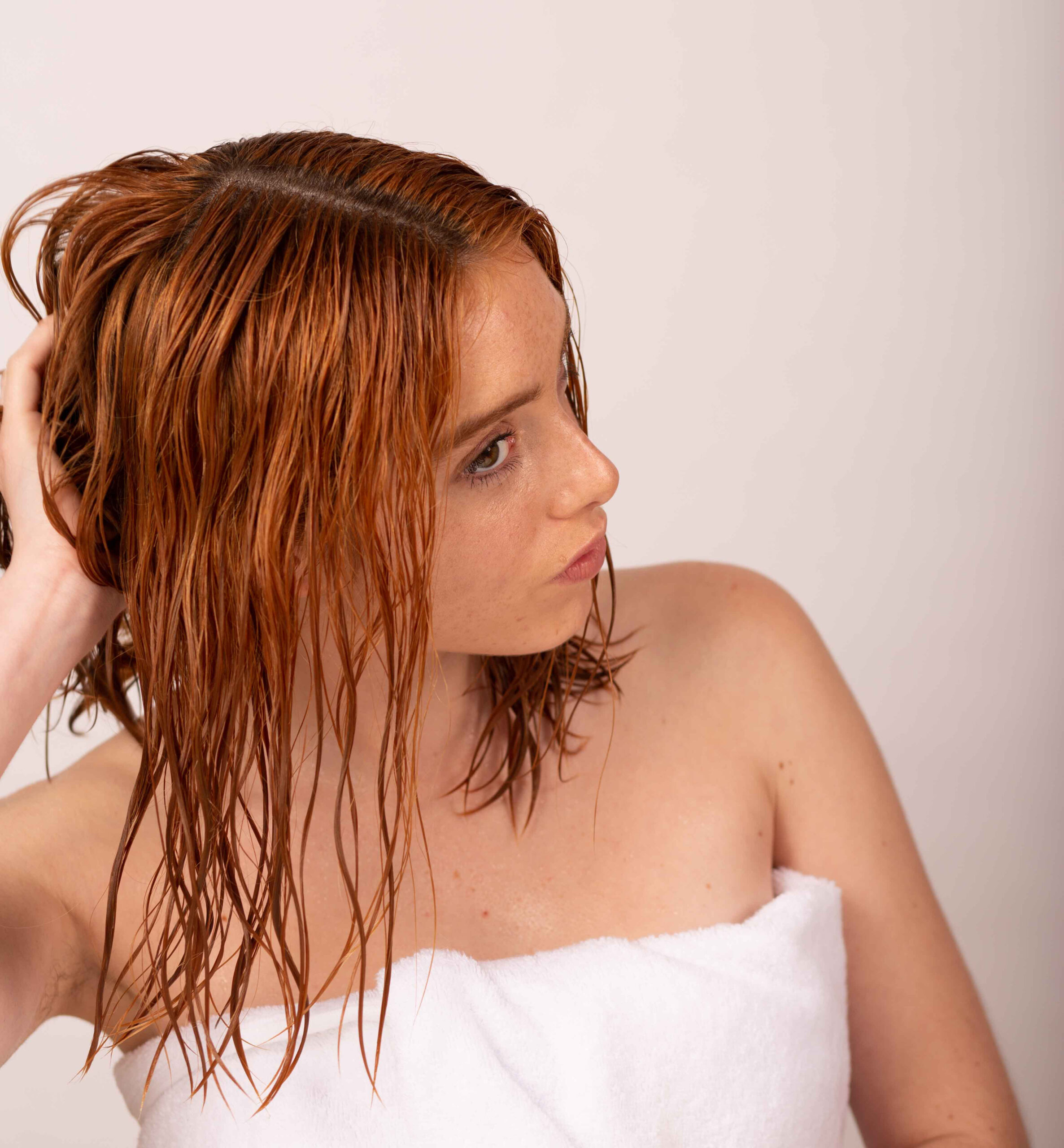If you have decided to use ecological solid shampoos, we let you know all you need for a hair detox routine and that the change to ecological shampoos is easy as pie.
How do I go about using my ecological shampoo soap?
Believe it or not, your long hair is permanently ‘made up’ from using silicones. Your loose hair looks perfect, presents no frizz, no slit ends, is shiny and soft…, but your scalp is suffering.
This is because the silicones and other synthetic ingredients usual found in shampoos seal our capillary cuticle and leave it smooth and pretty, but also block the pores of our scalp. This does not allow our scalp to properly function, especially in people with dandruff, itchiness and very greasy hair.
If you are tired of the vicious circle of silicones and want to opt for an eco-friendly cosmetic that is healthy for your body, we provide you with the five hair detox routine steps to follow and will allow your scalp to breathe again.

Hair Detox Routine
1.- The first thing we must do is to stop using conventional hair products. They are packed with surfactants, sulphates, paraffin and/or silicones, many of which are classified as irritants, allergens, and even harmful for the natural environment (echa.europa.eu). These ingredients are mainly lathering agents and hair softeners, which apparently offer good short-term results, but doubtlessly harm health and the natural environment in the short, mid and long terms.
Some of these silicones are frequently found on lists of ingredients because they end in -cone or -cona (e.g. cyclodimethicone or D4, dimethicone, dimethicona) and in -xane (e.g. cyclopentasiloxane, cycloheptasiloxane or take the prefix PEG- followed by a number, or take the name Polyquaternium– followed by a number.
2.- After doing away with all the products containing these poorly recommended ingredients, we must start washing our hair with a shampoo that respects our scalp and the environment, like Essabó solid shampoo , which is artisanal and ecological, made with the best biological ingredients, and certified as an ecological cosmetic by Bio.Inspecta.
It is important to point out that not all solid shampoos are free of surfactants or sulphates. Look carefully at the composition of these shampoos as many are merely a liquid shampoo formula that has been adapted to a solid format. Not coming in a plastic container is positive for the natural environment but, depending on its composition, the fact that it is a solid shampoo does not necessarily mean it is ecological or healthy. Many solid shampoos still contain surfactants and sulphates to provide a softening effect, so we are no better off than before.
Look for a solid shampoo made from soap that is natural and traditional, with no surfactants, and enriched with cosmetic plant oils with naturally softening properties. Your hair will be left feeling very clean, will more ecologically and healthily respect your scalp, and will avoid irritation, itchiness and scalp dermatitis.
It is very simple to use. Moisten the bar of soap and rub it against your damp scalp. Then wash your hair as you usually do before rinsing it well. Rinsing is very important to avoid leaving soap remains on hair, which can make it feel “dirty” afterwards.
3.- If your hair is long and dry, and you need more softness after washing it with solid shampoo soap, add a squirt of vinegar (preferably ecological cider vinegar) to the last soaping, especially if you live in areas with hard water, just like our grandmothers used to do! This will help to lower pH and our hair will shine as never before. It is very important to rinse your hair well until it ‘squeaks’ in your hands. Do not worry about the smell of vinegar. After drying your hair for a few minutes, 100% smell will have disappeared. It has been proved!

4.- Do not feel frustrated when at first you notice your hair is not as pretty as you thought (or it looks a mess). Remember that your hair has been made up all its life, so it now needs a detox and adaptation process.
Depending on different hair types, your hair and scalp may take some weeks to adapt because the silicones-sulphates tandem excessively removes grease. So your scalp generates more grease to compensate for this aggression.
5.- Some natural post- and pre-wash tips to put up with this process: you can use coconut oil, jojoba oil or aloe vera gel to remove any frizz and to keep your hair moisturised. These products can be applied when hair is still wet from halfway down to the ends. If you have dandruff, itchiness, very damaged hair or dermatitis seborrhoeic, you can apply four tablespoons of warm (never hot) coconut oil and rub it into the whole scalp. Wrap a warm towel around your head for 2 hours and then wash your hair. The results are amazing.
With these five simple steps and by being constant and patient, your scalp problems will be a thing of the past in a flash. Your hair will be clean, beautiful and cared for in a healthier and more sustainable manner. Remember that your Essabó soap shampoo is an All-in-one product as you can also wash your body and face with it while bathing to care for your skin and scalp. Maximum functionality and zero waste while you bathe with Essabó.


4 Comments